However, the sequence of formation of the planets that followed has remained a subject of debate among scientists for decades.
Which planet appeared first in the Solar System?
Although scientists have analyzed organic matter from space, made multiple landings on the Moon and sent probes to Mars, the question of the “order of appearance” of the eight planets in the Solar System remains unanswered.

Scientists are divided in opinion, revolving around two main hypotheses to explain the "order of birth" of planets in the Solar System (Photo: Live Science).
"There is no simple answer to determining time in the universe. This is one of the most difficult questions in astronomy," Michael Meyer, head of the Department of Astronomy at the University of Michigan (USA), told Live Science.
The most popular explanation today is the accretion theory, when dust and gas particles collide, they stick together, forming planets due to gravity gradually growing stronger over time.
From this theory, NASA believes that the giant planets were formed first.
As their masses increased, they moved away from the Sun, making room for smaller terrestrial planets such as Earth, Mars, and Venus to form later.
"We think the gas planets formed first, because if this process did not happen quickly enough, the gas would dissipate, making it impossible to create a gas giant," Meyer shared.
However, another hypothesis suggests that the sequence may be completely reversed.
According to the flow instability model, planets could accumulate mass more rapidly and randomly, causing rocky planets to appear first.
“I think it's possible that rocky planets formed first, then gas planets formed, and only stopped when there was not enough material left,” said Associate Professor Cauê Borlina, majoring in Planetary Science at Purdue University.
How to determine the age of a planet
“There are two ways to determine the age of a planet,” Gaia Stucky de Quay, a planetary scientist at the Massachusetts Institute of Technology (MIT), told Live Science.
According to her, instead of just determining the initial formation age, many scientists focus on the age of the planet's surface.
This hypothesis suggests that some surfaces may be very ancient, preserved intact, while planets that are still geologically active have younger surfaces.
One of the most common ways to estimate surface age is to count the number of meteorite impact craters.
According to this method, Earth is the "youngest" planet, due to its constantly changing surface due to tectonic and erosional activities.
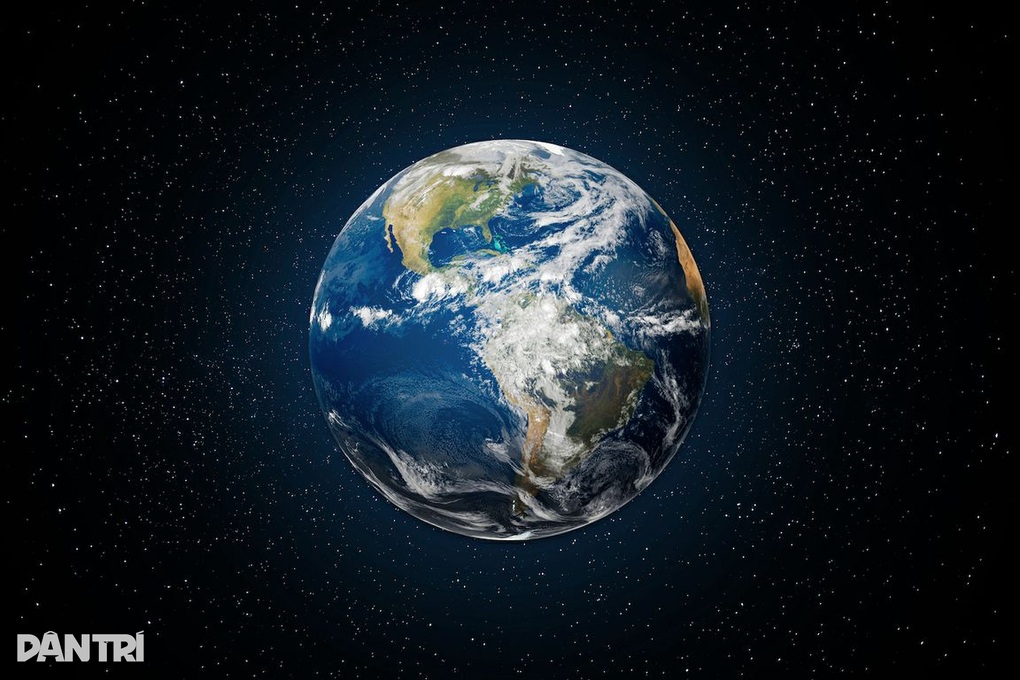
Earth may be the youngest planet in the Solar System (Photo: UCLA).
Next are Venus and Mars.
However, current methods of planetary dating still have very large errors, a small deviation is equivalent to millions of years in cosmic history.
Researchers are still gathering more data to reconstruct a more precise timeline of how planets formed.
“If we want to have a complete picture of how and when planets formed, it is extremely important to collect and bring samples back to Earth,” Borlina informed.
Source: https://dantri.com.vn/khoa-hoc/hanh-tinh-nao-gia-nhat-va-tre-nhat-trong-he-mat-troi-20251013194613263.htm



![[Photo] Solemn opening of the 1st Government Party Congress](https://vphoto.vietnam.vn/thumb/1200x675/vietnam/resource/IMAGE/2025/10/13/1760337945186_ndo_br_img-0787-jpg.webp)





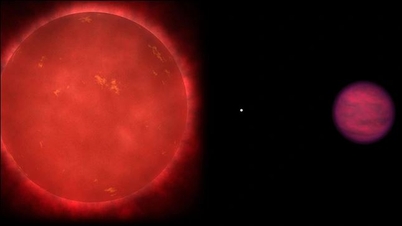

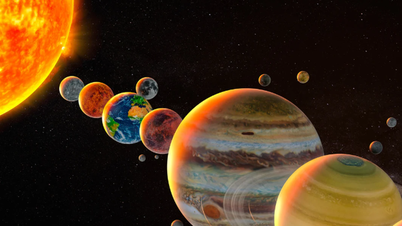

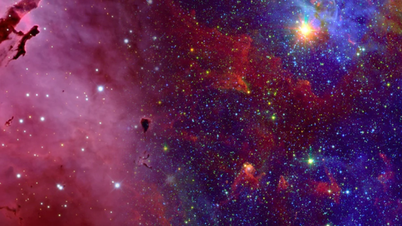
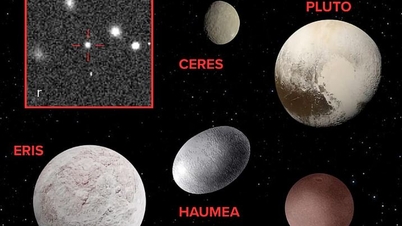
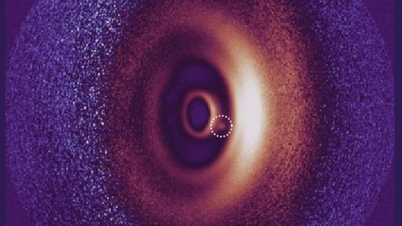


















![[Photo] General Secretary To Lam attends the opening of the 1st Government Party Congress](https://vphoto.vietnam.vn/thumb/1200x675/vietnam/resource/IMAGE/2025/10/13/1760321055249_ndo_br_cover-9284-jpg.webp)






































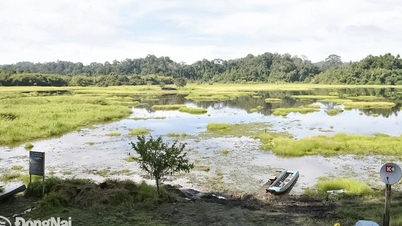





























Comment (0)